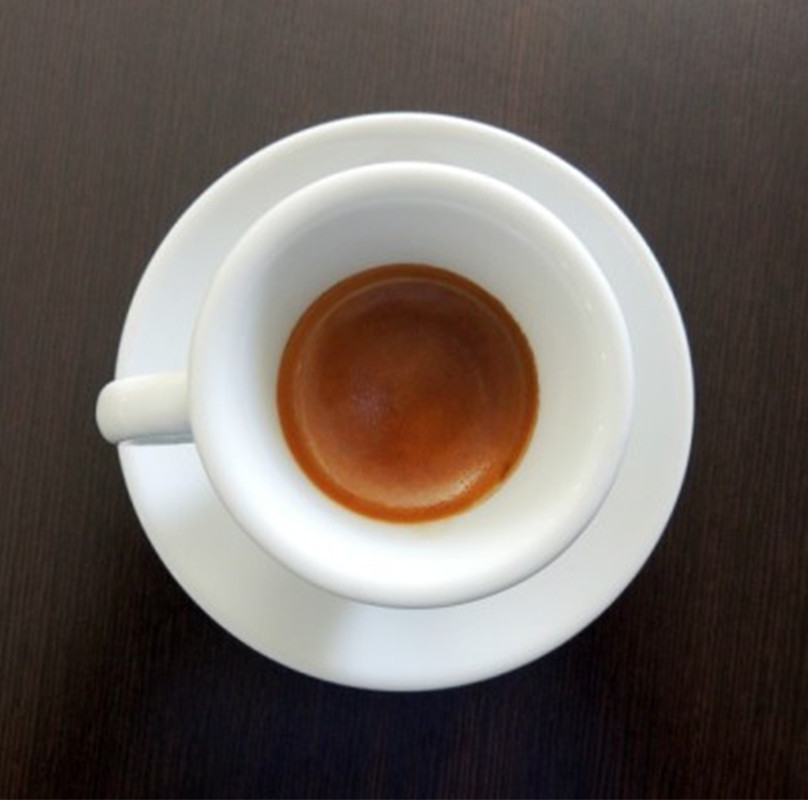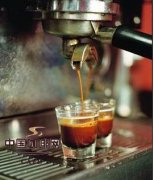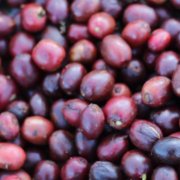The rigid conditions for the extraction of perfect Espresso from Italian espresso

To extract a perfect cup of Espresso, at least the following hard conditions need to be met
Fresh coffee beans: fresh is the last word, brand beans are famous, but not fresh brand beans as good as impolite loss of flavor. In the case of Espresso, the viscosity of coffee extracted from stale coffee beans, the thickness and color of Cream will be seriously affected, and its taste will be greatly reduced. Our experience requires roasters to pack coffee in small portions, seal the beans tightly and store them at low temperatures and away from light. Never use coffee beans that have been opened for more than seven days to ensure that each cup of coffee is perfect.
Strictly ground coffee powder: Espresso requires strict fineness of grinding, and once the coffee is ground, the flavor can only be preserved for no more than one hour. So if you go to a coffee shop and you order coffee and you don't hear beans grinding, chances are you're going to get an imperfect cup of coffee.
Accurate and even powder filling and compaction: use standard coffee powder quantities. In international industry experience, it is generally believed that when extracting Espresso, extracting two cups at the same time is more perfect than extracting one cup separately. The coffee powder should be pressed smoothly and smoothly, and the pressing force should be constant (at 30-50 pounds). The pressing method and technique should be obtained.
Unfortunately, most baristas at the recent Chengdu Coffee Competition made a poor mistake in mastering this crucial skill. I see a lot of baristas in the coffee powder are not flat on the pressure powder, regardless of whether he pressed the power of the powder is correct, the direction and flatness of the powder alone can not be guaranteed. Why is flatness and accurate force so important? Because espresso extraction is subjected to 9Bar pressure, a smooth, uniform powder is a prerequisite for extracting a perfect cup of Espresso. In modern espresso extraction, many key stages can be completed by expensive coffee machines, so the biggest test of the skills required for today's baristas is reflected in the powder and filling. But unfortunately, many baristas do it crudely. Internationally, there are also many popular filling genres and innovations. Personally, I prefer and use George Sabados 'Dosing Up technique.
Exact extraction time and quantity: the beauty of concentration. When it comes to Espresso, many people may mistakenly think that the more the better, but in fact it is not. I've seen a lot of bartenders pick up Espresso in large 4-ounce glasses [sometimes larger glasses] and fill them until they're full. The correct amount of extract should be between 1 and 1.25 ounces. Also, unless you are doing a Double or Ristretto, use an ounce cup to measure the correct amount of extract.
The most basic time to brew a Single Espresso should be between 20 and 30 seconds (I try to think 25 seconds to make an ounce or so is the best performance).
A standard double espresso is made from 14 to 17 grams of coffee, purified water at 88 to 95 ° C, 9 to 10 atmospheres, and extracted in 22 to 28 seconds to 47 to 62.5 ml (1.5 to 2 ounces). espresso flows out of the filter nozzle like warm honey. It has an ochre-red color. Crema accounts for 10 - 30% of all ingredients.
Important Notice :
前街咖啡 FrontStreet Coffee has moved to new addredd:
FrontStreet Coffee Address: 315,Donghua East Road,GuangZhou
Tel:020 38364473
- Prev

Understand and identify the quality of Italian coffee ESPRESSO coffee
ESPRESSO quality coffee, what is it? A drink, a carrier of taste, a way to feel the details of life. When you are in a cafe to enjoy a cup of coffee packaged by various cultures, have you ever thought about and learned to identify whether you are drinking a perfect cup of coffee, rather than spending dozens of yuan but washing pot water? to make you feel like
- Next

Understand and identify the requirements of the perfect Espresso of Italian coffee
Look: the standard amount of a cup of perfect Single Espresso is to extract an ounce of coffee essence in 25 seconds. Look at the appearance of Crema: a perfect Italian coffee espresso, the surface is always thick, brown red Krima crema, Krima crema is the protein, oil and other aromatic components extracted from the coffee under high pressure, is the essence of coffee concentrate. Perfect.
Related
- Beginners will see the "Coffee pull flower" guide!
- What is the difference between ice blog purified milk and ordinary milk coffee?
- Why is the Philippines the largest producer of crops in Liberia?
- For coffee extraction, should the fine powder be retained?
- How does extracted espresso fill pressed powder? How much strength does it take to press the powder?
- How to make jasmine cold extract coffee? Is the jasmine + latte good?
- Will this little toy really make the coffee taste better? How does Lily Drip affect coffee extraction?
- Will the action of slapping the filter cup also affect coffee extraction?
- What's the difference between powder-to-water ratio and powder-to-liquid ratio?
- What is the Ethiopian local species? What does it have to do with Heirloom native species?

